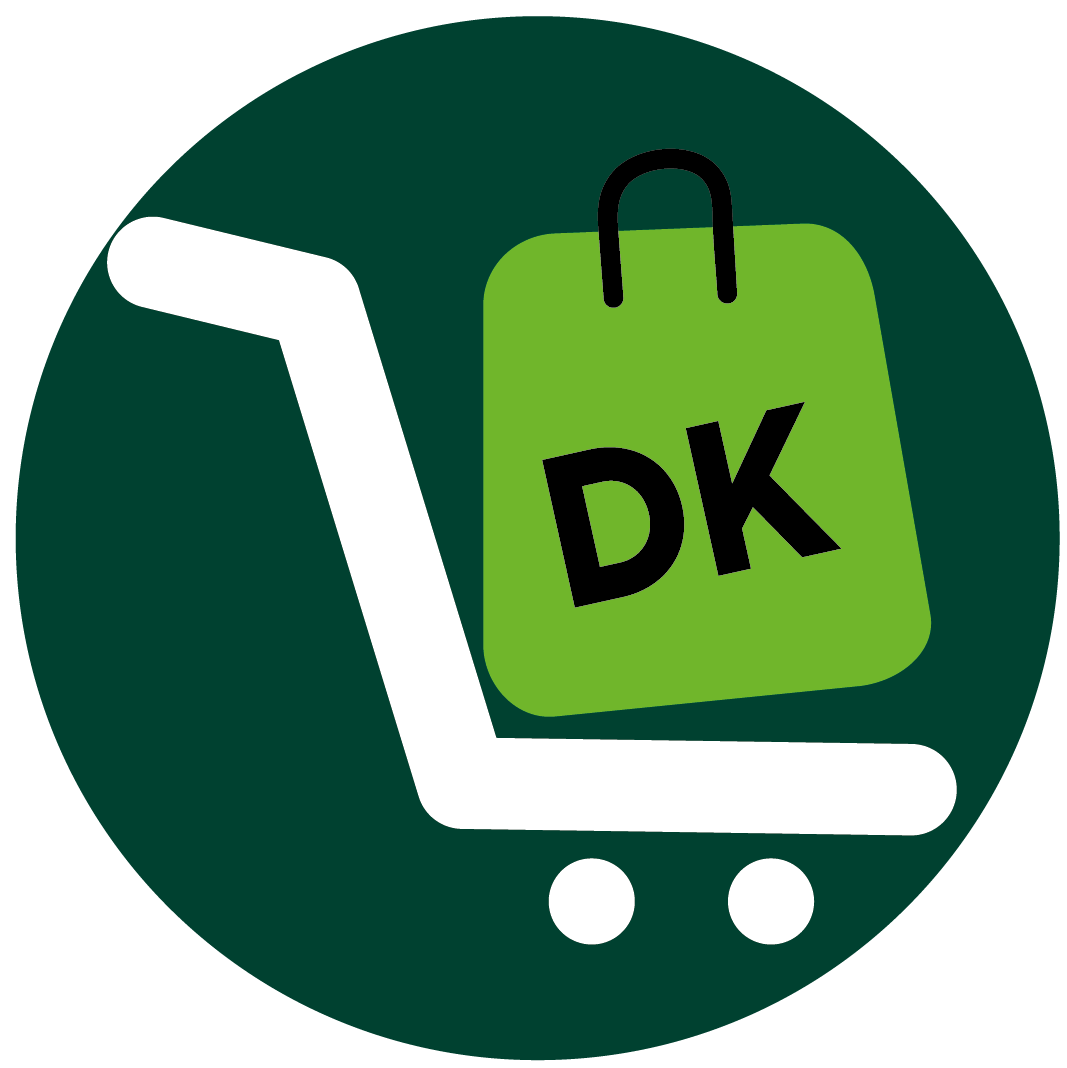If you’re interested in learning how to build an online brand, there are a few key things to keep in mind. First, it’s important to understand the local market and what kind of content is popular. Second, it’s important to build a strong social media presence and create engaging content.
Third, it’s important to focus on building a community around your brand. Finally, it’s important to be consistent and patient, as it takes time to build an online brand.
To build an online market, follow these steps:
1. Define your brand.
2. Craft a compelling brand identity.
3. Establish a strong online presence.
4. Create high-quality content.
5. Engage with your audience.
Let’s build on this.
1. Define your brand.
The first step in building an online brand is to define your brand. Why does your brand exist? What story do you want to tell the world? A strong brand story helps you connect with your audience on an emotional level.
This means clarifying your brand’s values, vision, and mission. It’s important to have a clear understanding of what your brand stands for and what it is trying to achieve.
Here are a few ways you can define your brand:
- Brainstorm and write down all the words that come to mind when you think of your brand.
- Create a mood board with images and words that represent your brand.
- Make a list of brands that you admire and analyze what makes them unique.
- Write down what you want your customers to feel when they interact with your brand.
2. Craft a compelling brand identity.
To craft a compelling brand identity, it’s important that you put your target audience at the centre of everything you do. After all, they are the ones you’re trying to reach and connect with.
Focus on understanding who your audience is, what they need, and what they want from your brand. This will help you craft a brand identity that resonates with them and makes them feel connected to your brand.
Your brand name and logo are the first things people will see, so they need to be memorable and representative of your brand. Start by brainstorming names and logos that are simple, unique, and reflect your brand’s personality.
Then, use a focus group or survey to get feedback on your top choices. Once you’ve selected your name and logo, register them as trademarks to protect them.
When developing a brand voice and tone, first consider who your target audience is and what kind of tone would resonate with them. Are they young, tech-savvy, and informal? Or are they more mature and traditional? Tailor your voice and tone to your target audience.
Once you’ve determined your target audience’s preferences, create guidelines for how you’ll communicate with them. This can include tone, vocabulary, and punctuation. Consistency is key; your audience should recognize your brand’s voice and tone across all platforms.
When designing a visual style guide, it’s important to keep your target audience in mind. Choose colours and fonts that are appropriate for your brand and that will appeal to your audience.
For imagery, use photos and graphics that are consistent with your brand’s personality and values. It’s also important to keep your style guide consistent across all platforms, including your website, social media, and print materials.
3. Establish a strong online presence.
Having a strong online presence is key to reaching your target audience and establishing your brand. Start by claiming your social media handles on popular platforms like Facebook, X, and Instagram.
Then, create a professional website with your brand name, logo, and colours. Make sure your website is mobile-friendly and easy to navigate. You should also create a blog to establish your expertise and build trust with your audience.
Creating and sharing valuable content on a regular basis is one of the most effective ways to build an online presence. But it’s not just about quantity; the quality of your content is also important. Make sure your content is well-written, informative, and engaging.
And don’t forget about visuals – high-quality images, videos, and infographics can help make your content more compelling and shareable.
4. Create high-quality content.
High-quality content is the key to building a successful online presence. Content that’s well-written, informative, and entertaining should be posted regularly on your social media platforms.
It should also be optimized for search engines, so it’s easy for people to find your content online. And it should be created with your target audience in mind.
Here are some tips for creating high-quality content:
- Tell stories. People love stories, and they can be a great way to make your content more memorable.
- Use strong calls to action. Tell your audience what you want them to do after reading your content.
- Be authentic. Let your personality shine through in your writing.
- Have fun! If you’re not enjoying yourself, it will show in your
By following these tips, you can create high-quality content that will help you build a strong online brand.
>>>PRO TIPS – How to Start a BigCommerce Online Store
5. Engage with your audience.
Engaging with your audience is vital for building a strong online brand. It fosters loyalty, boosts visibility, and keeps your audience coming back for more. Here are some ways you can engage effectively:
Be present and responsive.
- Actively reply to comments and messages: Show your audience that you care about their thoughts and questions. Prompt responses foster dialogue and build trust.
- Host live Q&A sessions: This is a great way to directly interact with your audience and answer their questions in real-time.
- Run polls and surveys: Get feedback on your content and preferences, building a sense of community and shared decision-making.
Create interactive content.
- Post engaging questions or prompts. Encourage discussion and debate among your audience.
- Run contests and giveaways to generate excitement and attract new followers while rewarding existing ones.
- Organize online challenges or collaborations: Give your audience a task or project to work on together, fostering creativity and a sense of belonging.
Utilize multiple platforms.
- Mix up your content formats: Use a variety of platforms like blog posts, videos, podcasts, social media, and even live streams to cater to different preferences.
- Collaborate with other influencers or brands: Reach new audiences and gain exposure through cross-promotion and joint content creation.
- Participate in relevant online communities: Engage in discussions and contribute your expertise, showcasing your knowledge and personality.
Personalize the experience.
- Use audience names and respond to specific comments: Create a sense of personal connection and show you value their individuality.
- Segment your audience: Deliver targeted content based on their interests and preferences, making it more relevant and engaging.
- Offer exclusive content or benefits: Reward loyal followers with early access to new content, discounts, or special events.
Make it fun and rewarding.
- Use humour and storytelling. Inject personality and entertainment into your content to keep your audience interested.
- Celebrate milestones and achievements. Acknowledge your audience’s role in your success and express gratitude for their support.
- Show appreciation for feedback and contributions. Make your audience feel valued and heard, encouraging continued engagement.
Recap
There are a few important considerations to make if you want to understand how to develop an online brand. Prior to anything else, it’s critical to define your brand to comprehend what you’re trying to achieve.
Secondly, it’s imperative to craft a compelling brand identity and establish a strong online presence.
Finally, create high-quality content and engage with your audience to build a successful online brand.














